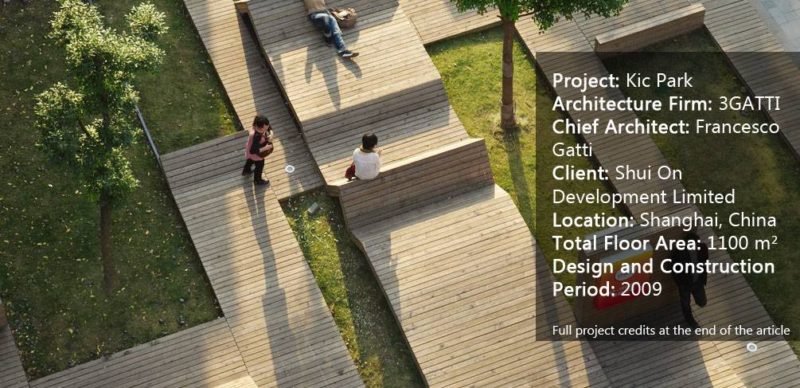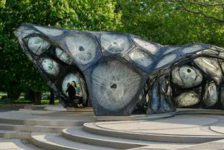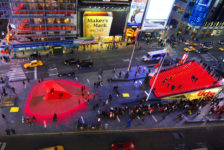Kic Park, by 3GATTI, in Shanghai, China. The spaces between urban buildings and interstitial spaces are often difficult ones to deal with in terms of design. Many turn into surface parking lots, small buildings, or paved spaces devoid of any character, sense of place, and any natural elements. It is these very spaces that can become very important as a unifying element of an area, such as a city, where development and redevelopment create fragments that are unrelated to each other, and where ‘nature’ in its basic sense is, often, forgotten. So, how did one small urban park in Shanghai, China, achieve a functional yet attractive space that entices visitors to gather and be influenced by nature?
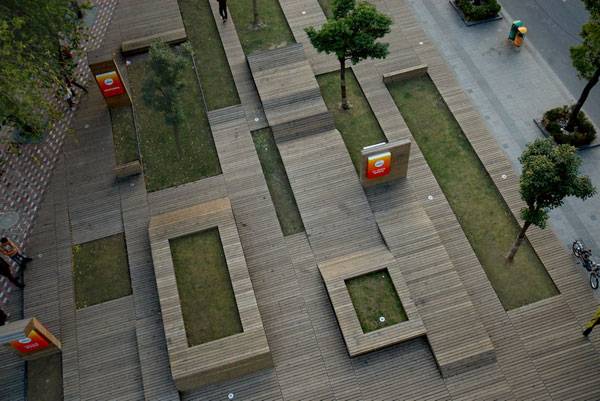
Kic Park. Photo credit: Shen Qiang
Kic Park
Kic Park, designed by Francesco Gatti of 3GATTI Architects has proven that these interstitial spaces can be created with a purpose, and in this specific case, the purpose was to serve as a place where people can gather and pause, and reflect on their surroundings in an otherwise busy urban centre, as well as have a bit of fun with the playful nature of the park. Creating various levels and viewpoints and the use of a variety of different materials set this park apart from its urban and concrete surroundings, and draws the passersby into the space, encouraging various activities and social engagements.
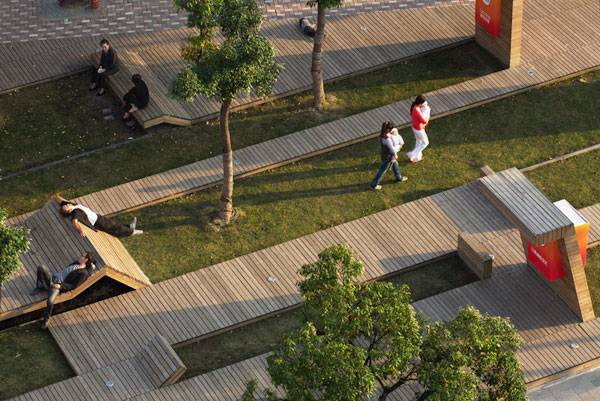
Kic Park. Photo credit: Shen Qiang
The Urban Setting
Urban settings are scenes of development, bustling with people, traffic, construction, and a constant buzz of busyness. In a place like China, whose urban centres are heavily populated and congested, public spaces can often be hard to come by since real estate is at a premium, and the need for housing and business development comes at a high price.
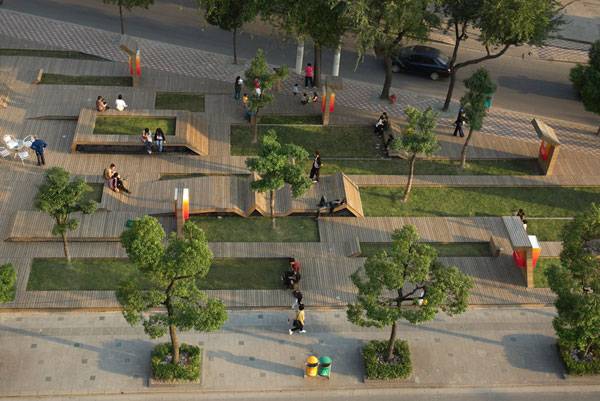
Kic Park. Photo credit: Shen Qiang

Kic Park. Photo credit: Shen Qiang
Kic Park – The Small But Mighty Park
Kic Park is an interstitial place; a small piece of property in between a variety of buildings and streets that it likely proved difficult to develop as a park due to encroaching building development. However, designer Francesco Gatti viewed this as a place with promise, and a place that had the potential to turn into a great public space that people could stop and engage with while commuting in and around the city.
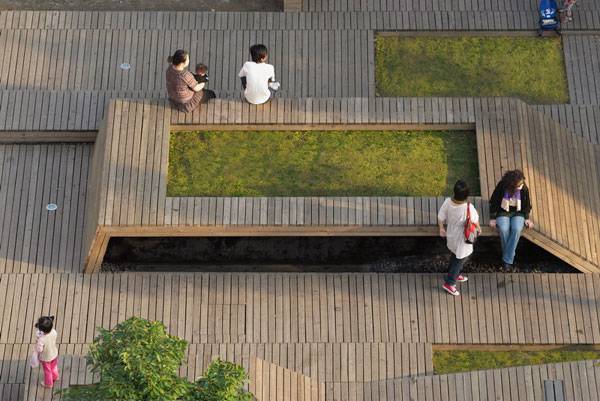
Kic Park. Photo credit: Shen Qiang
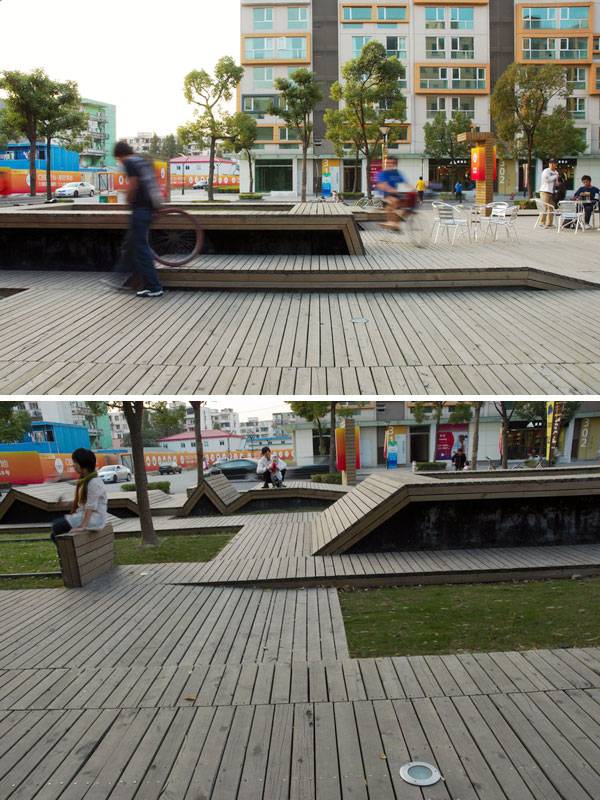
Kic Park. Photo credit: Shen Qiang
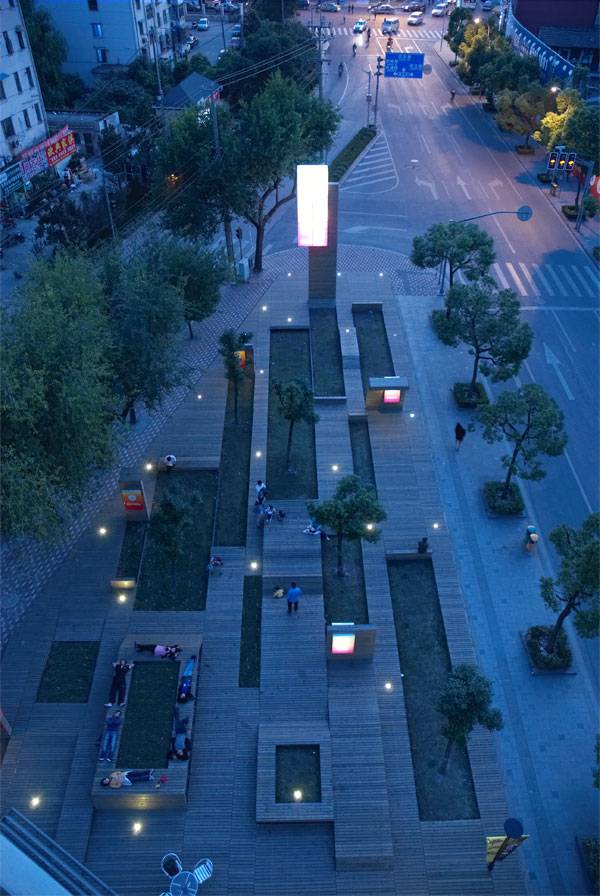
Kic Park. Photo credit: Shen Qiang
It’s All in The Details
Details, details, and details. Everything is always in the details, and this is something that makes this park so appealing as an engaging place. The areas that promote circulation are all planked wood, in boardwalk style. The boardwalk encompasses most of the park, which helps to create the sense of unique place, and draws people into the site. The boardwalk is set at heights keeping in mind the human scale and can be used as areas to sit, or to ride a bike over and perform tricks, with some areas of the decking extending straight up and doubling as a base for signage. The varying heights, widths, and angles of the boards are, therefore, playful, and appear as though it is almost asking visitors to be imaginative in how they use it. Is one supposed to sit on the edges, or lean against the angled boards that look like they can be a backrest?
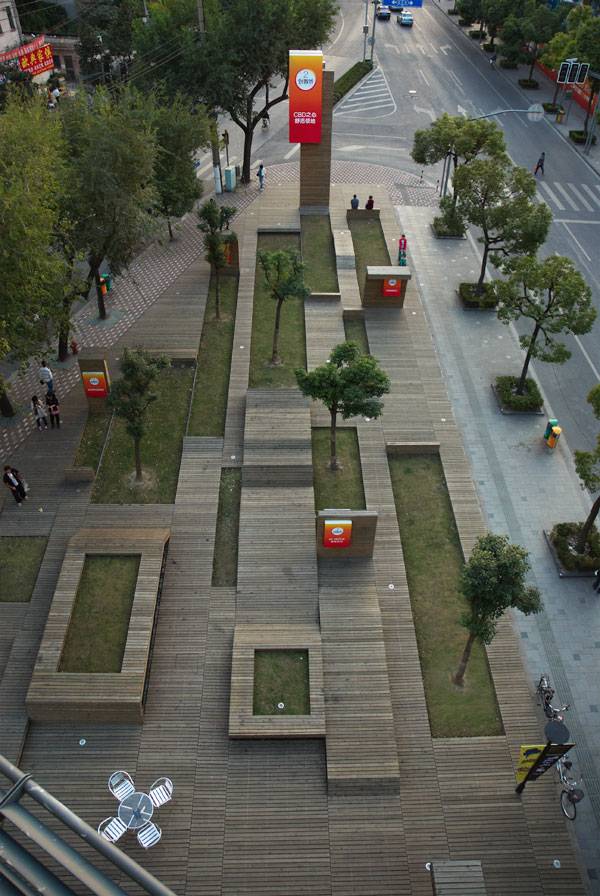
Kic Park. Photo credit: Shen Qiang
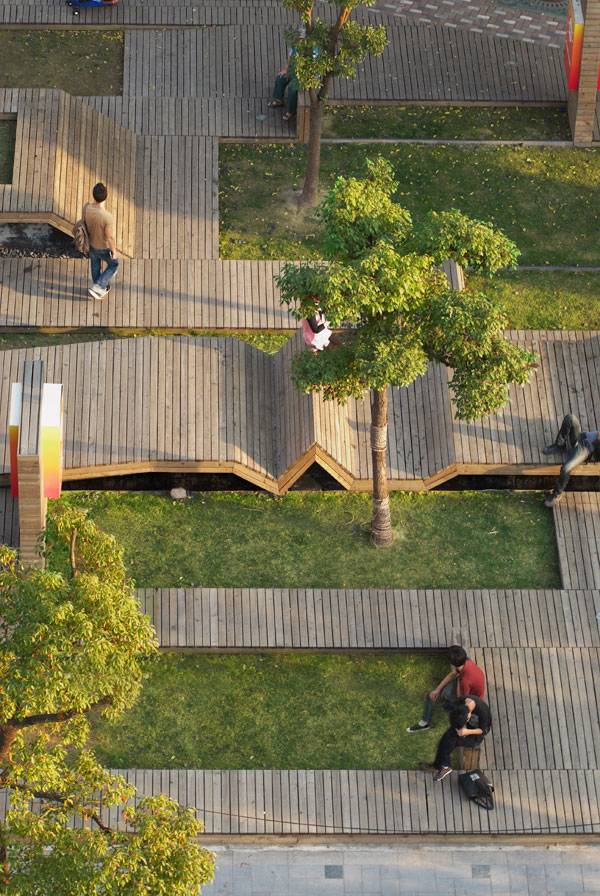
Kic Park. Photo credit: Shen Qiang

Kic Park. Photo credit: Shen Qiang

Kic Park. Photo credit: Shen Qiang
Full Project Credits For Kic Park
Project Name: Kic Park Programme: Public open spaces, gardens, playgrounds, resting areas, advertising supports. Architecture firm: 3GATTI Chief architect: Francesco Gatti Project manager: Summer Nie Collaborators: Nicole Ni, Francesco Negri, Dalius Ripley, Michele Ruju, Muavii Sun, Charles Mariambourg Client: Shui On Development Limited Location: KIC VILLAGE Blok8-2, Zhengmin Road, Yangpu District, 200433 Shanghai, China. Total floor area: 1100 m² Design and construction period: 2009 Materials: Wooden deck, steel structure, brick walls, acrylic boards. Photographer: Shen Qiang Get Social With 3GATTI: Website: www.3gatti.com Facebook: www.facebook.com/3GATTI/ LinkedIN: www.linkedin.com/company/3gatti Vimeo: www.vimeo.com/3gatti YouTube: www.youtube.com/user/studio3gatti Recommended Reading:
- Becoming an Urban Planner: A Guide to Careers in Planning and Urban Design by Michael Bayer
- Sustainable Urbanism: Urban Design With Nature by Douglas Farrs
Article by Kaila Johnson Return to Homepage
Published in Blog


